Over the next few months, she began giving me a lot of her possessions. She had a little knickknack of a Japanese boy, a knickknack of an old man reading a newspaper called Good News. A couple kissing on a bench, a candle with a dog next to a fire hydrant. They all showed up on my dresser one day and I thought maybe it was Wil pulling a prank on me without actually knowing how comedy worked. But when I tried to return them to her, she shook her head.
“No, no, I want you to have them.”
“Why? Don’t you want them?”
“I want you to have them.” She handed me a book called The Tragedy of X. I had never heard her talk about books or movies or anything that she had read or watched on her own. It prompted me to ask her what her favorite movie actually was.
She thought a minute. “I can’t remember the name… Judy Garland. She’s a girl. It’s in color. Some of it.”
“Do you mean The Wizard of Oz?”
“Yeah. That one was good.”
I pestered her that entire day with questions about her past. It hadn’t occurred to me until then, at 13 years old, that this woman knew everything about me, (even how I liked my peanut-butter-and-jelly-sandwiches) yet I barely knew a thing about her outside of being my grandmother. Unlike my parents, or even my grandfather, who always made sure their stories would live on through Wil and me, Nana never spoke anything about life before 1992. All I knew about her childhood was that she was the youngest of five kids and hated her older sister, Jenny, who one time (allegedly) held her head under a faucet. That was all I knew of her life before my birth. I tried to get more out of her:
“Was the Great Depression tough?”
“Huh? Yeah. I played baseball.”
“Did you like Elvis?”
“Don’t stand so close to the stove.”
“I’m not.”
“You’ll catch on fire.”
“I’m nowhere near the stove! Can you still speak Italian? What does fongool mean?” I asked, knowing full well what it meant.
“It means put plates on the table.”
On March 8th, 2006, she woke up and complained that her stomach hurt, but we were running late for school and I told her to feel better. My father called later to tell Wil and I that she went to the hospital for an ulcer.
My play was later that week. “Will she still be able to see me be Gertrude?”
“I don’t know, Rachel.”
She didn’t get better later that week, that month, or that year. She was in the hospital for the whole summer and then was put into a nursing home. Every time we visited, Nana became less and less of the woman I had known for fourteen years. We used to sit in the cafeteria because the rooms could get stuffy and, depending on who Nana’s roommate was at the time, smelled like either urine or too much perfume. Whenever I would say that I felt bad with her stuck there, my dad would say in the kindest way possible that it’s her own fault for not taking care of herself. I thought she took care of herself okay. She liked Oreos and Entenmann’s pound cake, but I never saw her eat in excess. In fact, even when she was in the hospital and couldn’t be fed without help, she still offered everyone her food. When she couldn’t speak, she would pick up a soggy piece of bread and hold it in front of me in case I wanted it.
I fed her in the nursing home because she was too weak to feed herself. My dad and my brother used to roughhouse with each other in their seats, which made me angry because it seemed disrespectful. But at some point I no longer minded it. Maybe this is what we would be doing if we were at home. Maybe this makes it feel more like old times. My dad wasn’t as close to Nana as he was his father, but I know in his own way, he cared about her. For a while, every visit her wheelchair would be so dusty you could write the Bible in it. Each visit he would speak to management and say something needed to be done, and nothing ever was, until finally Wil and I heard him through the walls ripping the manager a new one in his office. Her wheelchair was spotless after that.
There were these two sisters in their 60s who were always there visiting their 100-year-old mother. Every single time we visited, no matter what day of the week or what time of day, they’d be there. They were the only people Nana would talk to. It was a relief that she had a place to sit and she wasn’t alone. They told me I was a good granddaughter, feeding my grandmother like that. But one day, the three of them weren’t there and we never saw them again.
“So, Nana, who’s this?” my dad would ask, pointing to Wil. Unlike me, who, with the exception of puberty, has generally looked the same throughout life, my brother has never looked like the same person for more than 6 months.
“Hummm… Bill,” she guessed.
“Your son? That’s me,” he teased.
She smiled, thinking she was correcting him. “My man, Bill.”
The three of us shared a laugh and she joined in. Even if she didn’t get it, it was just nice to see her laughing instead of crying that she wanted to go home. I think our biggest laugh together was one time I asked her if she had a bellybutton. I never knew the whole story, but apparently after she gave birth to my aunt, her bellybutton had to be removed, or something. I’m not positive if that’s even true or if she was, as she would say, “pulling my leg.” Either way, I asked her if she had one, and she goes, “I don’t know, let me check,” and lifted her shirt all the way up, exposing her breasts to us. We all lost it, and that time I think she knew what we were laughing about. The first boobs Wil saw were his grandmother’s.
That’s how visits typically went until I was 18 and heading off to NYU. Though she couldn’t hold a conversation before, she soon couldn’t even answer basic yes-or-no questions. I visited her the day before I moved to New York and found her wheeling aimlessly around the hallways. She didn’t understand that when I tried to take her into the cafeteria, we were visiting her. She didn’t know who any of us were.
During spring break of 2011, when the rest of the world was busy torturing Rebecca Black, Nana had to go into the hospital again. I didn’t pay much attention to how serious my dad was making this time sound, since he’s the kind of guy who every time someone has a cold, he’s preparing their eulogy. But it soon became clear that for once my dad’s exaggerations were realistic. We all knew what was around the corner.
On March 19th, 2011, my mother took Wil and I to see Nana. We found our father beside her. She was hardly recognizable. The nurses wrapped gloves around her hands to keep her from pulling tubes, but when they were off, you could see her long, yellow nails. Her hair that she had once meticulously kept in bobby pins was greasy and strewn about, and her fragile body was mangled and twisted in sheets and tubes. On her stomach was a giant unshapely bump that stuck out about 10 inches. I just assumed it was more tubes and ignored it.
“You guys know what that is?” my dad asked.
Wil shook his head, and I answered confidently, “Yeah, just her tubes.”
My dad responded, “Her stomach. That’s her food. But she has no more muscle, so it all just sits there.”
“Okay, stop talking.”
“You remember Alien–”
“SHUT UP!” I screamed.
If my dad’s girlfriend hadn’t been in the bathroom, she would’ve yelled at me to respect my father, and how I’m ungrateful. But thankfully she wasn’t, it was only my parents, Wil, and what was left of Nana. I looked in her eyes, and she returned back a conscious gaze that I hadn’t seen in years. She cupped her hand under my chin and announced loudly and proudly, “I love you.”
The next day she was asleep for the entire visit. My dad and Wil went to the cafeteria to eat, but I wasn’t hungry, so I stayed in the room alone with her.
I took off her glove and held her hand. It was cold. For a long time, I sat in silence wondering how long it had been that they were downstairs eating. I wondered about how maybe Nana had already seen that episode of The Twilight Zone and she wasn’t really a genius after all. I thought about how I would never have one of her world famous peanut-butter-and-jellies again, even though it had already been years since she made one. I guessed it was already too late to ask the truth about her bellybutton.
I gently squeezed her hand. “Hey, you know what, Nana? When I was in 8th grade, you missed the performance of the century. I was Gertrude in Seussical. I can sing you a song if you’d like.”
I fixed up her blankets and sang quietly, since this was a private show: “There once was a girl-bird, named Gertrude McFuzz…”
I had to catch a train back to New York, since spring break was over. I took one last look at the woman who taught me how to write a Z in cursive and left. I never saw her again.
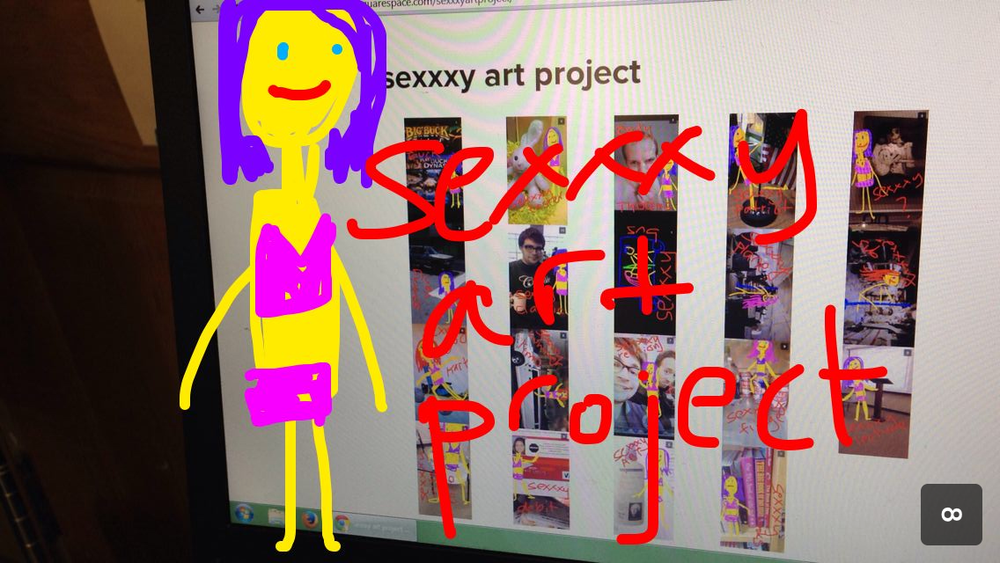













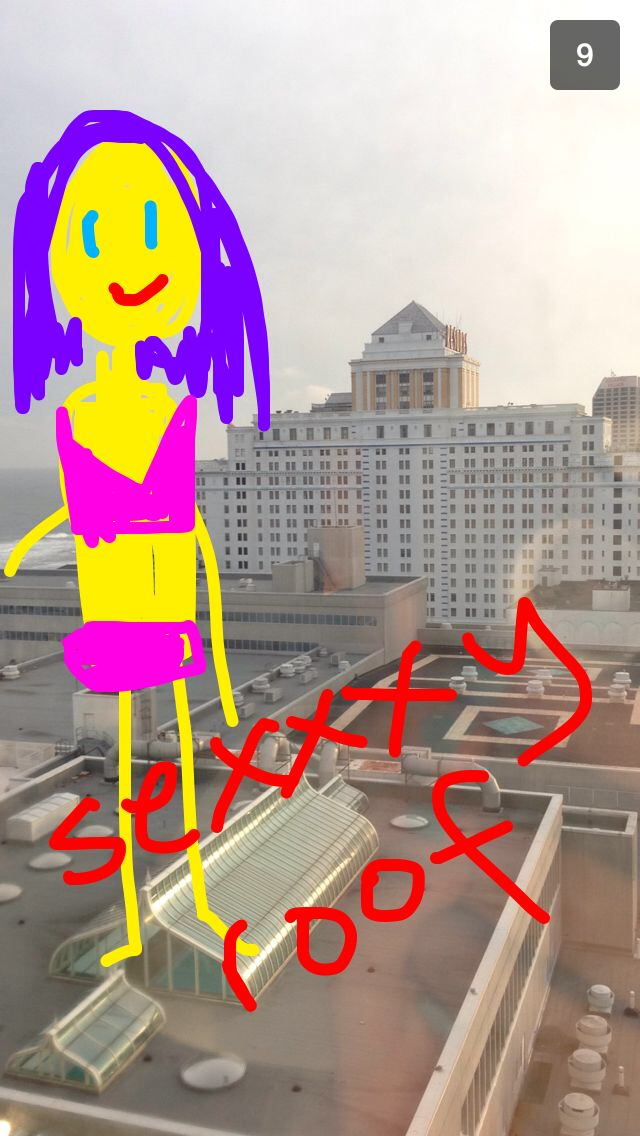



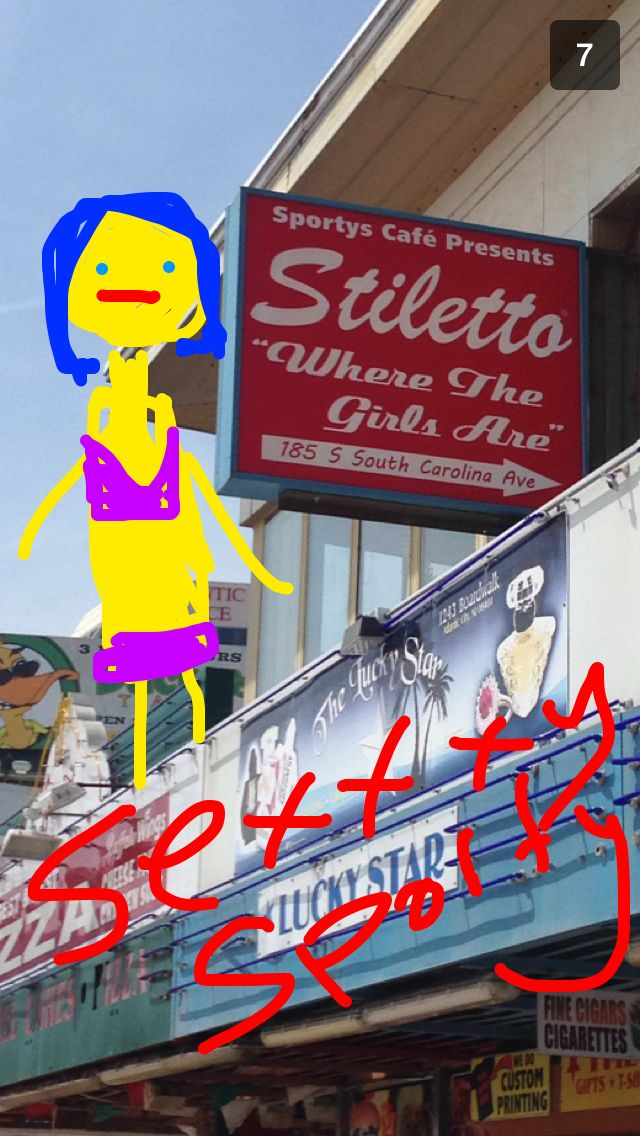
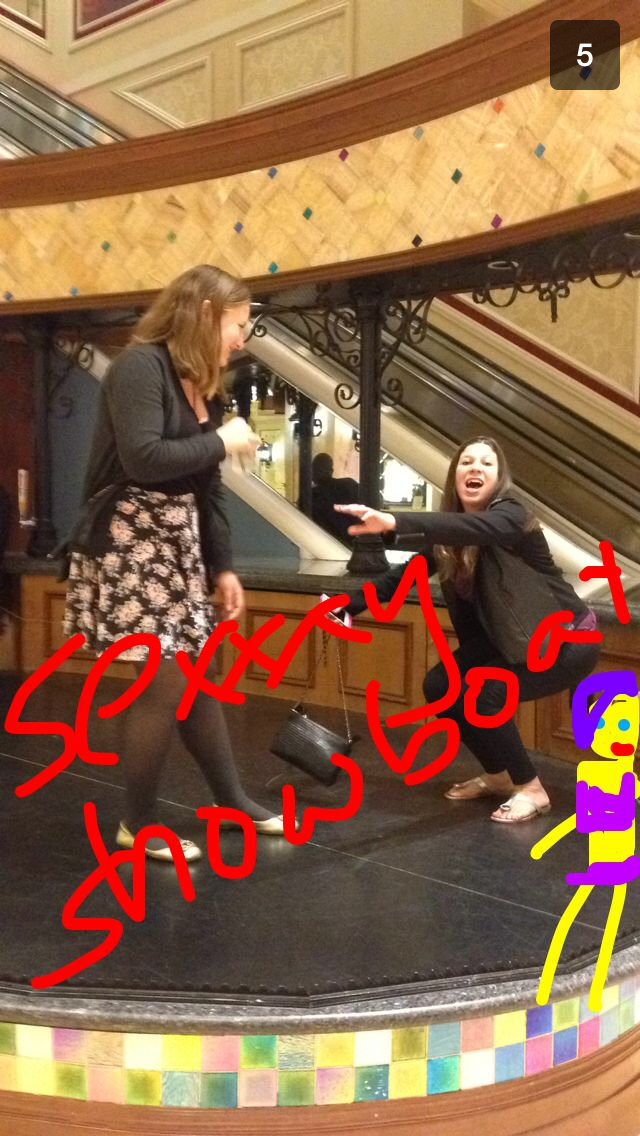








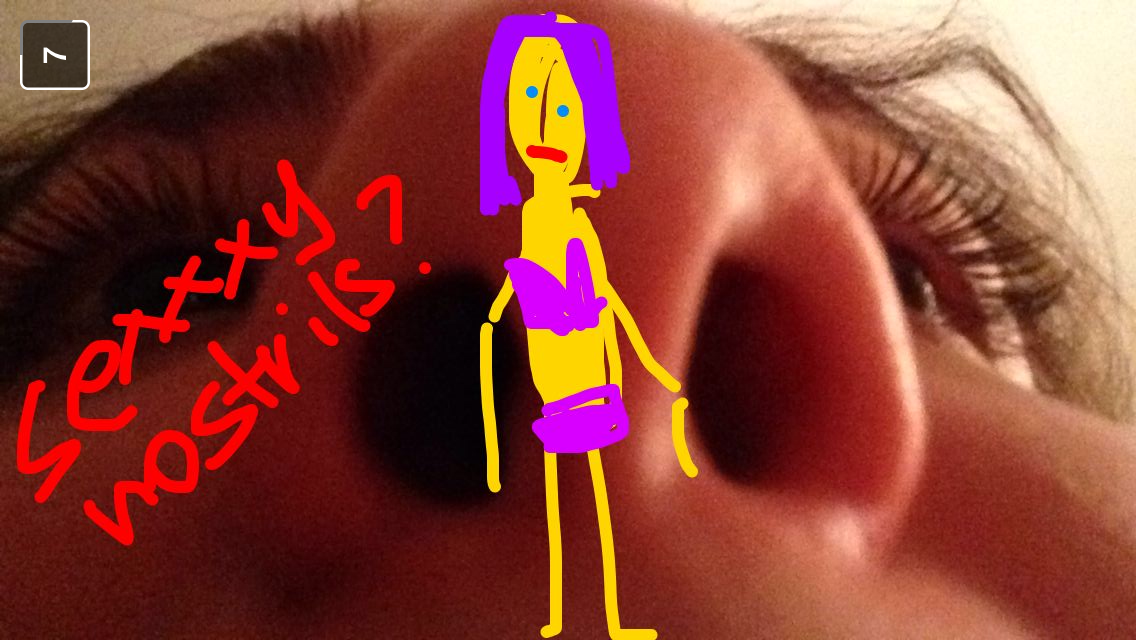


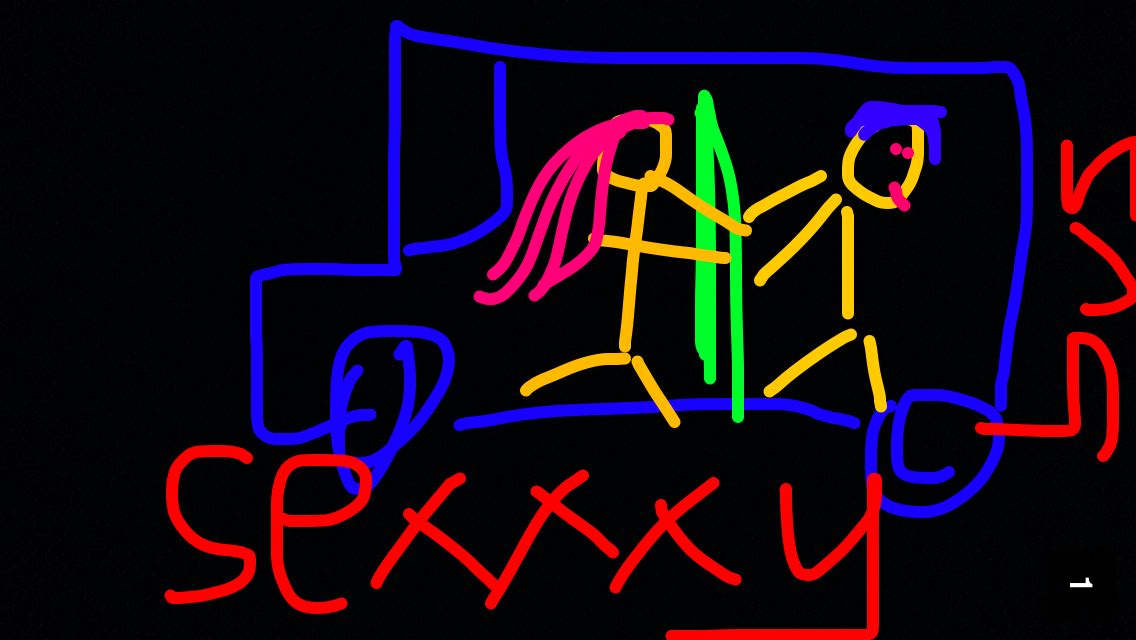









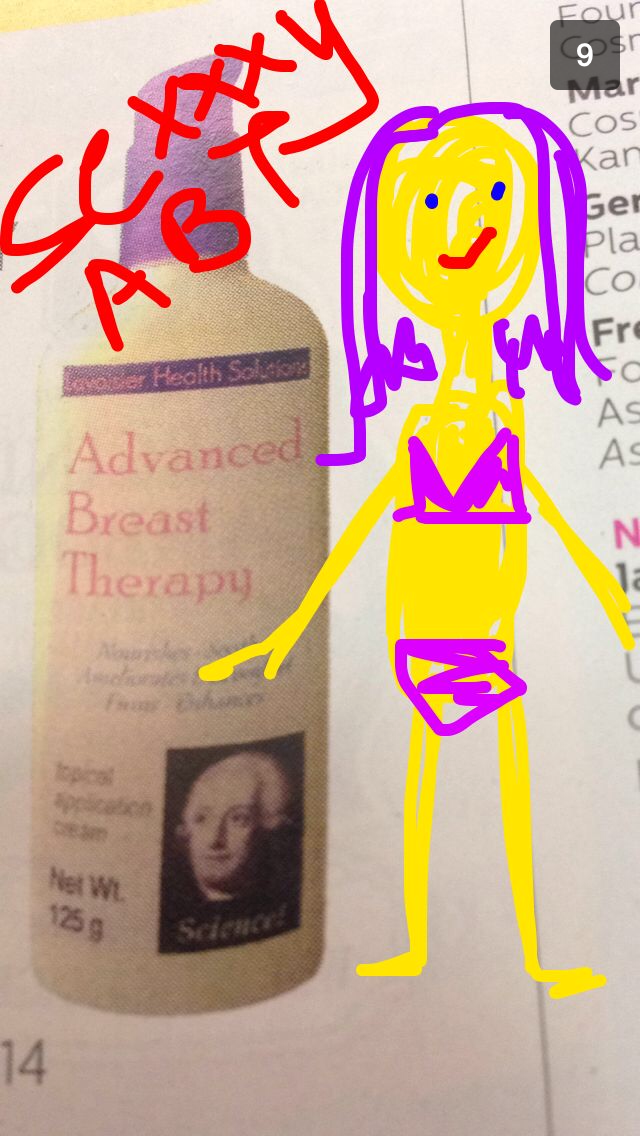




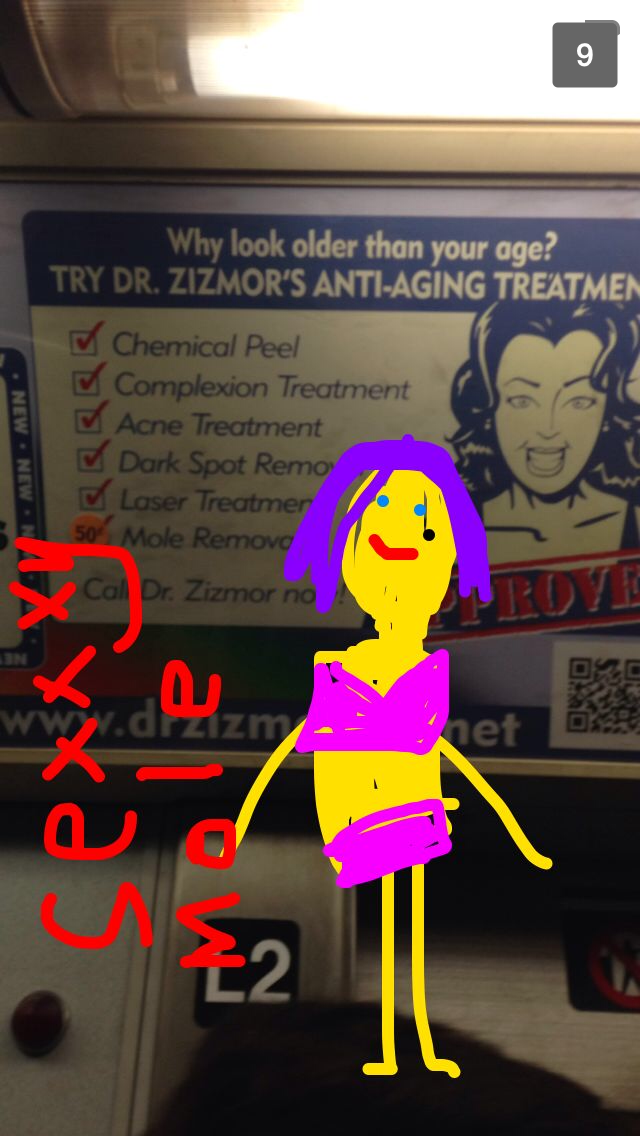



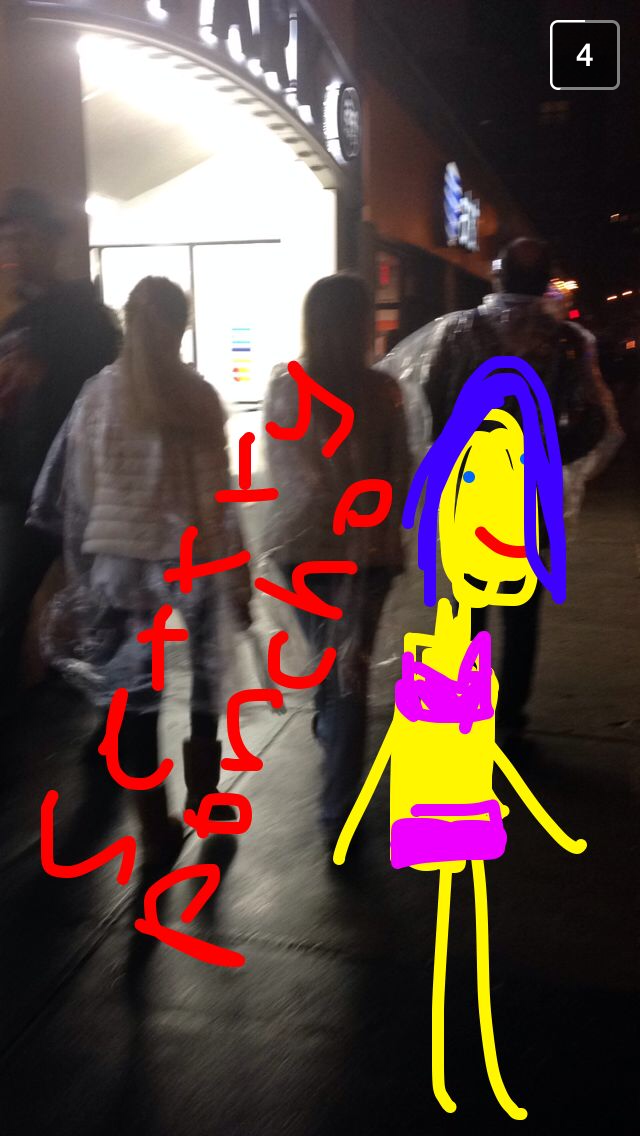















































![Updates [others and oneself] Posting a picture of her breakfast to Instagram; browsing Reddit.](https://images.squarespace-cdn.com/content/v1/553d0d43e4b05ab385e2eb97/1471630815334-7AIYRRIAX7JLY7ODYIA0/image-asset.jpeg)


